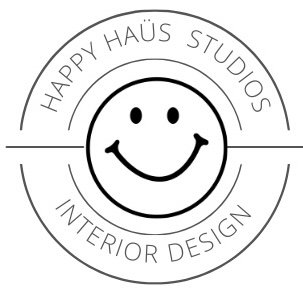FAQs
What is full service design?
Generally the preferred approach for remodels and new construction or larger furniture and lighting packages. Clients with more generous budgets and busy lives entrust the process to us including the entire design process, including coordination with other design team members, other trades and installers (project management), and procurement (ordering, shipping, tracking, receiving) and final installation and styling. Projects are priced based on the scope of work, which is finalized after an initial intake meeting (usually on site, but also can be done virtually) and presented in a design proposal. We handle everything throughout designs that may take anywhere from 3 months to over a year. This is a huge value and relief for clients!
What is a ‘design only’ process?
A design-only approach works well for those with the time and talent to manage the execution and installation of the design. We’ll do a thorough intake to define the scope of your project, and then you’ll receive a design proposal outlining our process and pricing. Upon completion, you’ll receive a complete and detailed design file to execute on your own or with your contractor, free to make design changes to selections made, shop the look, hunt for deals, all on your own timeline. A completed design takes between one to three months, depending on the scope of work. Once you have it, you’re in charge!
What are the phases of the design process?
Programming: Asking Questions, Defining Goals
Schematic Design: Refining Goals, Exploring Solutions
Design Development: Refining Solutions, Developing the Details
Contract Documentation: Documenting Accepted Solutions for Bidding & Construction
Contract Administration: Bidding, Permitting, Construction, Procurement, & Installation
This process will vary depending on a full service or design-only approach. Stay tuned for more on the design process on our blog!
Do you provide floor plans?
Yes, however if you have existing documents from an architect or builder, please provide them. This saves time on the overall design process, if they’re in good shape. We can determine what is needed during our intake process, which is dependent on whether you’re doing any structural changes.
What is Biophilic Design?
Much more than a buzzword, and more than interior plants: “Biophilic design can reduce stress, improve cognitive function and creativity, improve our well-being and expedite healing; as the world population continues to urbanize, these qualities are ever more important. Given how quickly an experience of nature can elicit a restorative response, and the fact that U.S. businesses squander billions of dollars each year on lost productivity due to stress-related illnesses, design that reconnects us with nature – biophilic design – is essential for providing people opportunities to live and work in healthy places and spaces with less stress and greater overall health and well-being.” Terrapin Bright Green
What are ‘healthy materials’?
Sourcing with health in mind can mean choosing second-hand, vintage, antique, or reusing some of your own items. Healthy materials ultimately seek to be regenerative, not just neutral in their impacts on the environment and human health. We actively avoid materials with ‘chemicals of concern’ and use vendors that not only produce toxin-free materials, but operate sustainably, have zero waste production, and use EPDs and tools for transparency in the production of a given material. Renewable materials and building strategies such as electrification and passive haus are preferred. The goals of each project will dictate which materials are prioritized. Please visit Healthy Materials Lab for more.
